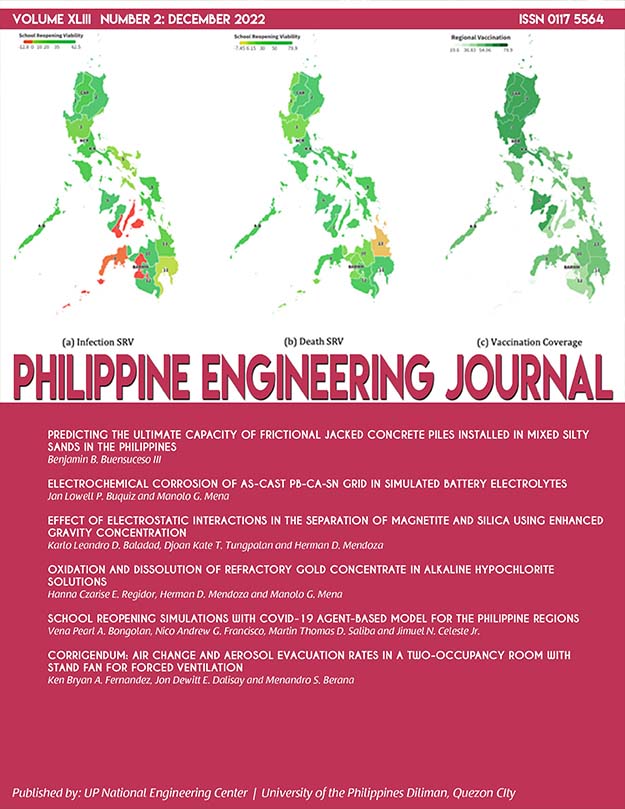School Reopening Simulations with COVID-19 Agent-based Model for the Philippine Regions
Abstract
Schools have been closed in the Philippines since March 2020 due to the COVID-19 pandemic. In 2022, the government already allowed a pilot run of limited in-person classes in low-risk areas. With such development, the present paper aims to explore the question “Is it safe to reopen schools with the current vaccination coverage?” We used an age-stratified COVID-19 agent-based model coupled with social contact probabilities to simulate school reopening and vaccination scenarios in the 17 regions of the country. Through these simulations, we found downtick points for infections and deaths—the vaccination coverage at which we do not expect increases in infections and deaths should schools reopen. We then calculated the School Reopening Viability (SRV) of the regions and visualized these scores with a stop-go map for school reopening. Simulation results suggest that all regions except Regions 7, 9, BARMM, and 13 can already reopen schools without the fear of upticks in infections nor deaths. These regions have lower vaccination coverages relative to the rest of the country, especially against the case of Luzon which has the highest vaccination coverage. We recommend that the areas of concern ramp up their vaccination efforts before reopening schools. At the same time, behavioral factors (mask-wearing, physical distancing, handwashing) and disease resistance factors (healthy living habits) shall be enforced once schools reopen. Finally, school reopening shall be gradual to ensure the crafting of data-driven (hospital utilization, positivity rate) policies.
Keywords: School Reopening, Simulations, Vaccination, SEIR, Agent-based Model, Philippines Regions, Omicron, Age Stratification


